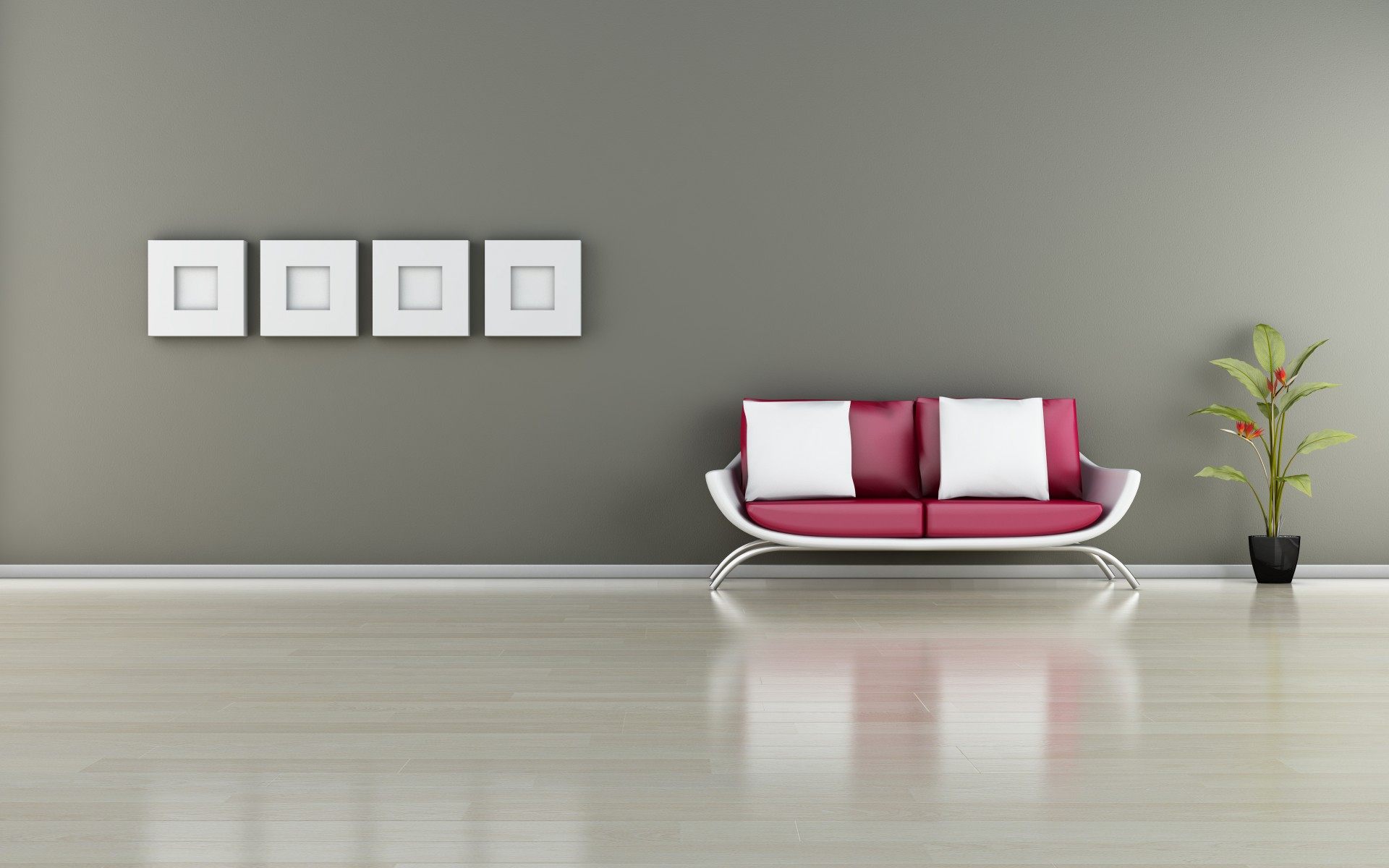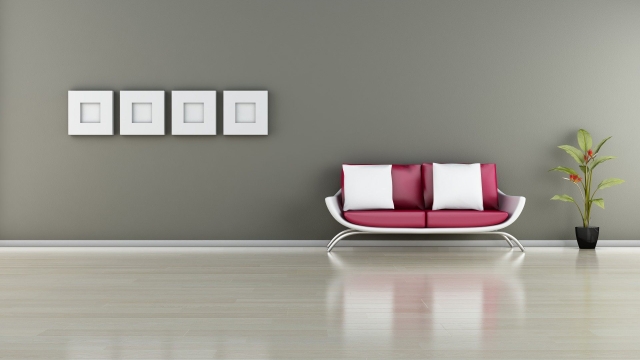When it comes to the world of architecture and interior design, there are certain structures that leave us in awe with their ingenuity and awe-inspiring designs. These architectural marvels seamlessly combine form and function, creating spaces that are not only visually stunning but also incredibly functional. From futuristic skyscrapers to elegantly designed museums, the world of architecture has never failed to push the boundaries of what is possible. In this article, we will explore seven jaw-dropping architectural marvels that have left a lasting impression on the field of interior design. So, buckle up and prepare to be amazed by the incredible fusion of art, technology, and innovation that these structures embody.
1. The Iconic Architecture-Inspired Interiors
-
The Guggenheim Museum in Bilbao: Known for its stunning architectural design, the Guggenheim Museum in Bilbao also boasts equally breathtaking interior spaces. Inspired by the flowing shapes and organic forms from the building’s exterior, the interior features sleek curves and grand spaces that create a sense of fluidity and movement. The museum’s atrium, with its towering glass ceiling and impressive spiral staircase, is a striking example of how architecture influences interior design.
-
The Sydney Opera House: This iconic architectural masterpiece is not only a symbol of Australia but also a testament to the fusion of art and architecture. Inside, the Sydney Opera House showcases innovative interior design elements that complement its striking exterior. The auditoriums, with their unique sculptural forms and acoustically optimized spaces, create an immersive experience for visitors, inviting them to appreciate both the performances and the architectural beauty.
-
Fallingwater: Designed by renowned architect Frank Lloyd Wright, Fallingwater is an architectural gem nestled amidst a scenic landscape in Pennsylvania, USA. The interior spaces of this iconic residence seamlessly blend with the natural surroundings, thanks to Wright’s meticulous attention to detail. The large floor-to-ceiling windows and open-plan layouts not only offer breathtaking views but also blur the boundaries between the indoors and outdoors, creating an unparalleled harmony between architecture and interior design.
2. Innovative Interior Design Techniques
In the world of architecture and interior design, innovation is key to creating captivating spaces that leave us in awe. From breathtaking skyscrapers to unique residential interiors, here are some mind-blowing techniques that push the boundaries of design.
-
Dynamic Use of Lighting: Interior designers have mastered the art of utilizing lighting to transform spaces dramatically. With the flick of a switch, they can create a mesmerizing ambiance by playing with different intensities, colors, and placements of lights. By strategically illuminating key features, they can highlight architectural elements, create focal points, and evoke specific moods within a room.
-
Interactive Projection Mapping: This innovative technique brings surfaces to life by using projection technology to display dynamic imagery and videos. By mapping out the dimensions of a surface and precisely aligning the projections, designers can completely transform spaces, allowing walls, ceilings, and even floors to become moving works of art. This technique adds a new dimension to interior design, blurring the boundaries between physical and virtual spaces.
-
Adaptive Space Utilization: With urban living becoming more compact, interior designers are continually finding innovative ways to optimize limited space. From multifunctional furniture that can be folded, stacked, or hidden away, to walls that can be adjusted or transformed to create different room configurations, flexible design solutions are revolutionizing the way we utilize interior spaces. These adaptive techniques ensure that every square inch is maximized, providing functionality without compromising style.
By pushing the boundaries of creativity and embracing futuristic technologies, architects and interior designers continue to amaze us with their innovative approaches to design. These jaw-dropping techniques not only shape the aesthetics of our surroundings but also enhance our overall experience within these spaces. Stay tuned as we explore more architectural marvels in our upcoming sections.

3. Integrating Nature into Interior Spaces
In today’s architecture and interior design, there is a growing trend of seamlessly blending the beauty of nature with indoor spaces. Designers are finding innovative ways to bring the outdoors inside, creating breathtaking interior spaces that leave us in awe. Here, we explore three remarkable architectural marvels that excel in integrating nature into their interior design.
-
Cascading Greenery: One stunning example of integrating nature into interior spaces is the use of cascading greenery. These architectural marvels feature lush vertical gardens that not only provide a visually striking element but also improve air quality and create a calming atmosphere. By incorporating living plant walls, designers bring the benefits of nature into urban environments, leaving occupants feeling refreshed and connected to the natural world.
-
Indoor Water Features: Another powerful way to create a harmonious relationship between nature and interior design is through the inclusion of indoor water features. From serene waterfalls to tranquil ponds, these architectural marvels channel the soothing qualities of water, enhancing the overall ambiance of the space. The sound of trickling water and the reflection of light on its surface create a sense of tranquility and serenity, making it an excellent addition to any interior space.
-
Natural Materials: The use of natural materials is a key factor in successfully integrating nature into interior spaces. Designers are increasingly incorporating materials such as wood, stone, and bamboo into their projects, recreating the earthy tones and textures found in the outdoors. From floorings to furniture, these natural elements add warmth and authenticity to the space, providing a tactile connection to nature and evoking a sense of calm and serenity.
By skillfully integrating nature and interior design, these architectural marvels create spaces that not only visually captivate but also offer an enhanced sense of wellbeing and connection to the natural environment. These innovative approaches remind us of the importance of nature in our lives, and how it can truly transform the places we inhabit.
